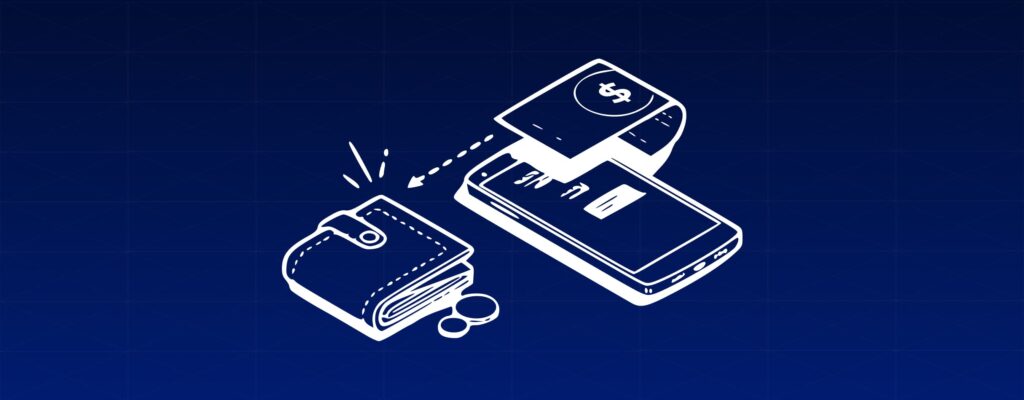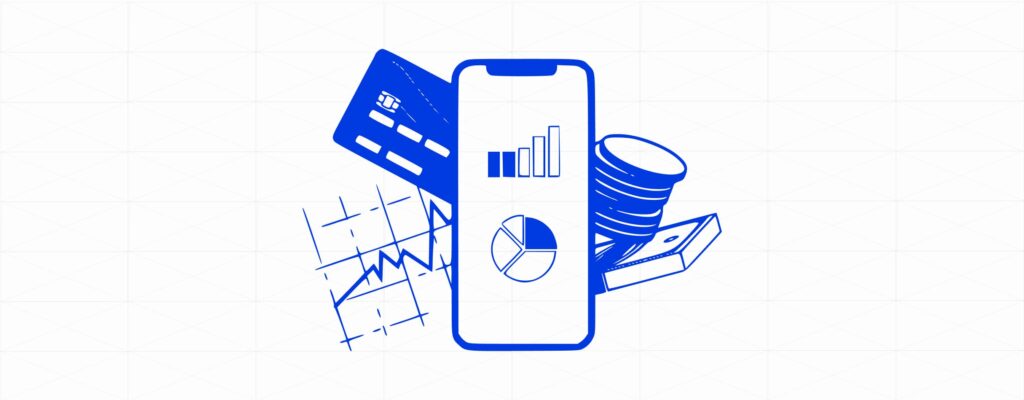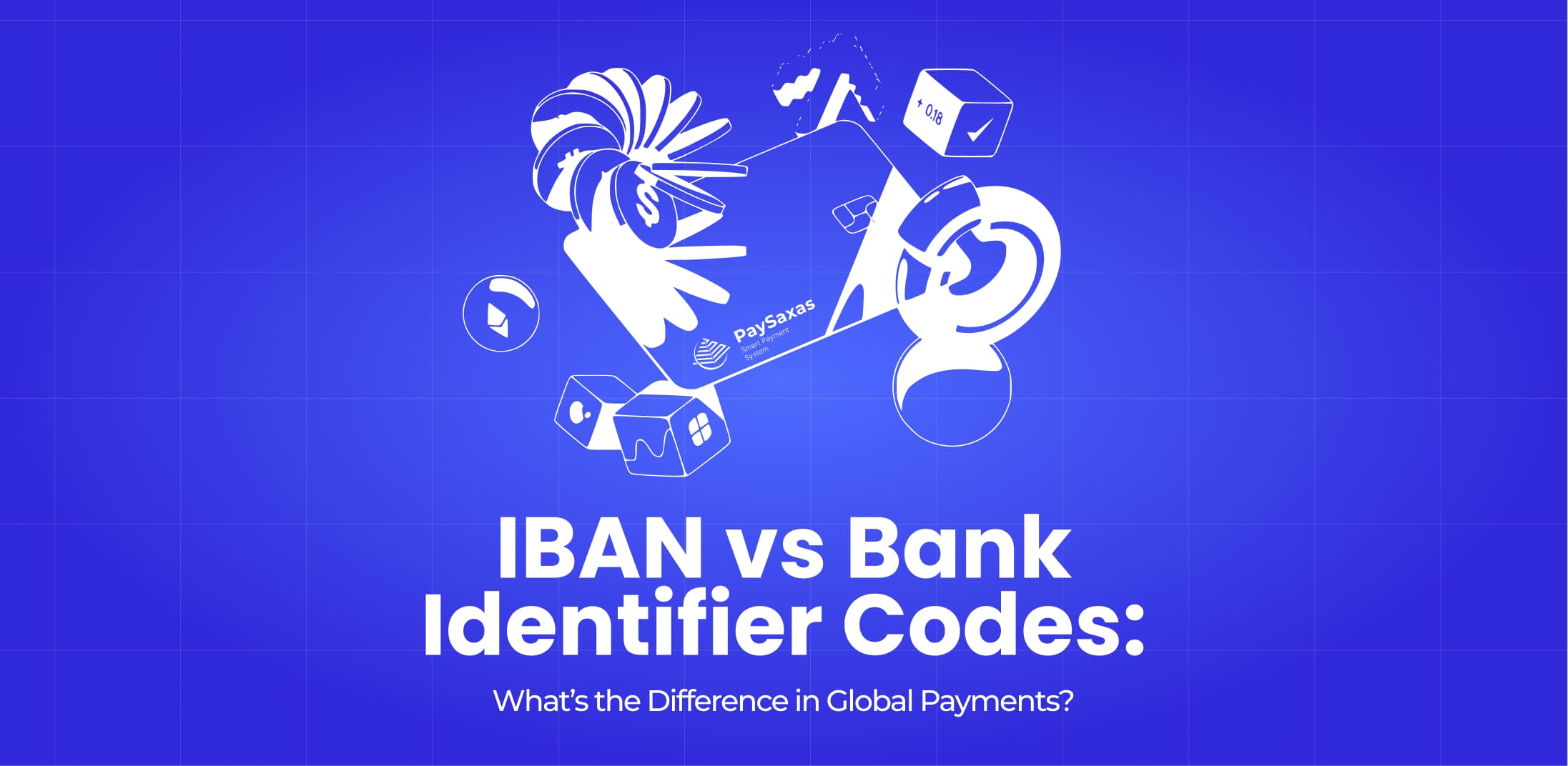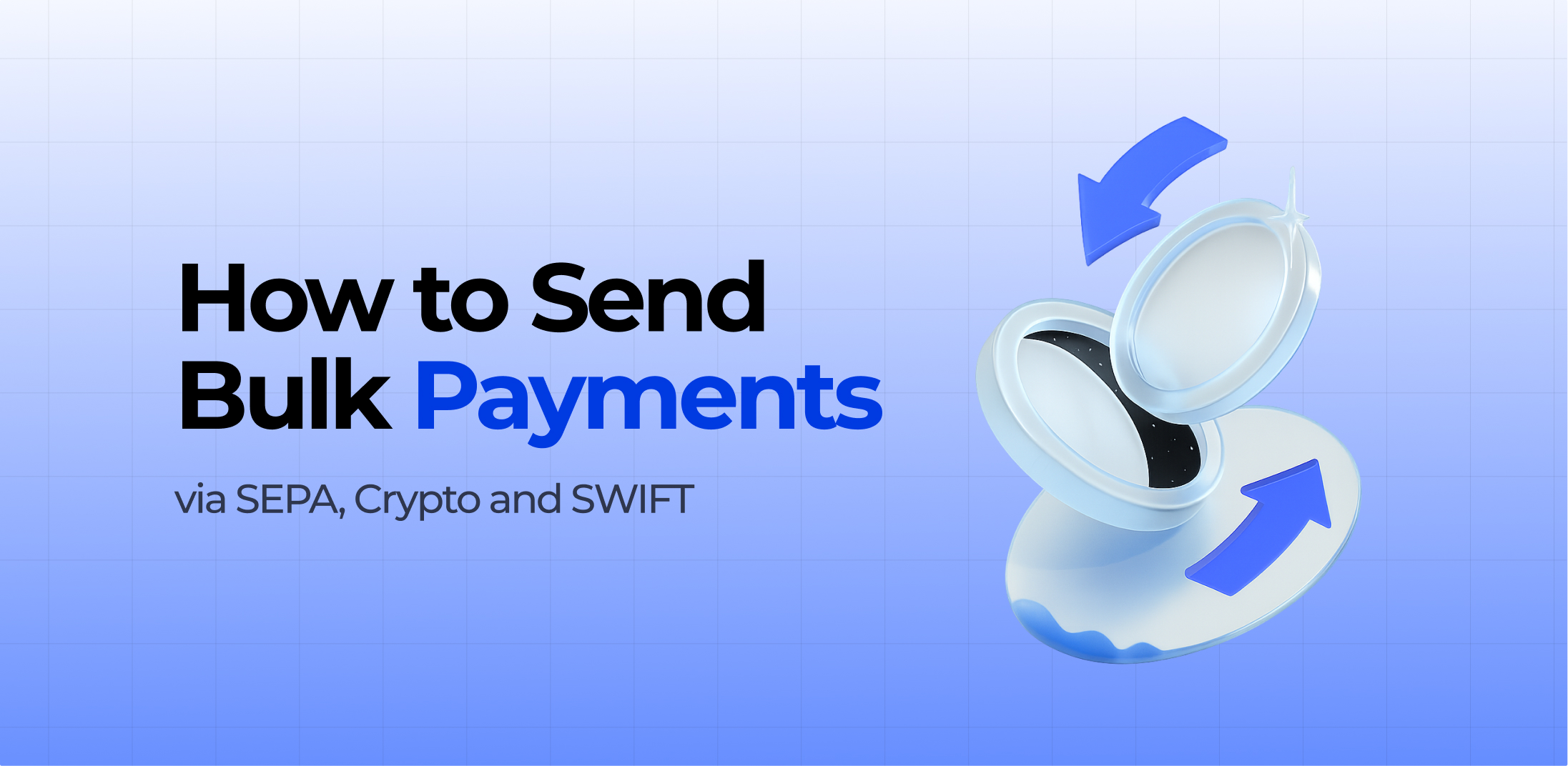Sending money internationally has become a routine part of life, whether you’re running a global business, working remotely, or supporting loved ones overseas. However, two common terms often create uncertainty during international transactions: IBAN and the SWIFT network. Knowing the distinction between them is crucial to ensure your payments are processed accurately and securely using the correct bank and account identifiers, such as IBAN and SWIFT BIC.
IBAN (International Bank Account Number) and the S.W.I.F.T. network (Society for Worldwide Interbank Financial Telecommunication) are both fundamental components of cross-border banking. For companies managing international operations or individuals transferring funds abroad, a clear understanding of how these systems operate can help avoid delays and transaction failures.
Despite the frequent comparisons between IBAN and SWIFT BICs, these two identifiers aren’t competitors—they’re partners. The SWIFT BIC identifies the receiving financial institution, while the IBAN points to the specific account within that institution. In this article, we’ll explore what sets them apart, how they work in tandem, and why using the correct information is key to successful international payments.
What is an IBAN?
IBAN, or International Bank Account Number, is a globally recognized format used to identify bank accounts for cross-border transactions. Developed by the International Organization for Standardization (ISO) under the ISO 13616 standard, the IBAN system was initially introduced in Europe to improve the accuracy and efficiency of international payments. Today, it’s adopted in over 70 countries, including many across Europe, the Middle East, North Africa, and certain regions of the Caribbean.
The purpose of the IBAN is to consolidate essential account details into one standardized format, making it easier for banks to verify payment information before executing a transaction. This reduces processing errors, payment delays, and the risk of funds being sent to the wrong account. An IBAN can be up to 34 characters long and typically includes the following components:
- Country code (2 letters): Indicates the country (e.g., DE for Germany)
- Check digits (2 numbers): Helps validate the IBAN for accuracy
- Bank code: Identifies the receiving bank
- Account number: Specifies the exact bank account
Example IBAN (Germany):
DE89 3704 0044 0532 0130 00
DE – Country code
89 – Check digits
37040044 – Bank code
0532013000 – Account number
IBANs are essential for processing euro payments within the SEPA (Single Euro Payments Area) zone and are also accepted by many financial institutions outside of Europe. However, they are not commonly used in countries like the U.S. or Canada. A frequent question is, “is IBAN the same as a SWIFT BIC?” The answer is no. While the IBAN pinpoints the recipient’s account, the SWIFT BIC identifies the recipient’s bank. Both are typically required to complete international money transfers successfully.
What is a SWIFT BIC (Bank Identifier Code)?
SWIFT, short for the Society for Worldwide Interbank Financial Telecommunication, is a global messaging network used by financial institutions to exchange information securely and in a standardized format. A SWIFT BIC (Bank Identifier Code) is not a payment method, but a messaging standard used within the SWIFT network.
A SWIFT BIC serves as a unique identifier for banks around the world, enabling them to recognize and communicate with one another across borders. It ensures that money transfers are sent to the correct bank, even when the funds pass through multiple intermediary institutions along the way.
The structure of a SWIFT BIC typically consists of 8 or 11 characters, divided into specific segments:
- Bank Code (4 letters): Identifies the financial institution (e.g., CHAS for JPMorgan Chase).
- Country Code (2 letters): Indicates the country where the bank is located (e.g., US for the United States).
- Location Code (2 characters): Points to the city or region.
- Branch Code (3 characters, optional): Specifies a particular branch, if needed.
Example Bank Identifier Code (BIC):
CHASUS33XXX
CHAS – Bank identifier
US – Country of the bank
33 – Location (New York)
XXX – Represents the main office or default branch
SWIFT BICs are widely used in over 200 countries, making them indispensable for global financial transactions. Whether you’re transferring money to Europe, Asia, or elsewhere, including a valid SWIFT BIC is typically required.
When discussing the SWIFT BIC and IBAN, it’s important to note that each serves a different function. The SWIFT BIC identifies the receiving financial institution via the SWIFT network, while the IBAN specifies the recipient’s exact account. For most international transfers, both identifiers are required to ensure that funds are delivered accurately and securely.
Key Differences Between IBAN and SWIFT BIC
| Feature | IBAN | SWIFT BIC (Bank Identifier Code) |
| Purpose | Identifies the specific bank account for payment | Identifies the bank itself for routing payments |
| Geographic Use | Primarily used in Europe and SEPA countries, but also in the Middle East and parts of the Caribbean | Used globally in over 200 countries |
| Structure | Up to 34 alphanumeric characters (country code, check digits, bank code, account number) | 8 or 11 alphanumeric characters (bank code, country code, location code, branch) |
| Who Uses Them | Banks, businesses, and individuals making cross-border payments, primarily in SEPA regions | Banks, financial institutions, and businesses globally |
| Role in Payment | Directs funds to the specific account within a bank | Directs payments to the correct bank institution |
Although both IBAN and SWIFT BICs are essential for international transactions, they serve different purposes. The IBAN is designed to identify the specific account within the recipient’s bank, ensuring that the payment is routed to the correct individual or business account. In contrast, the SWIFT BIC identifies the correct financial institution, guiding the payment to the right bank.
These two systems work in tandem, and both are often necessary for cross-border transfers. The SWIFT BIC ensures the payment reaches the correct bank, while the IBAN guarantees that the funds are deposited into the right account at that bank. If either code is missing or incorrect, it can lead to delays or failures in processing the transaction.
To sum up, understanding the roles of both IBAN and SWIFT BICs is crucial for ensuring that international payments are completed accurately and without issues, helping to facilitate smooth cross-border transactions.
How IBAN and SWIFT BIC Work Together in International Payments

When processing an international payment, both the SWIFT BIC and IBAN are typically needed to ensure the transaction is completed accurately and without delay. Here’s how they work together step by step:
- Starting the Transaction: The sender provides their bank with the recipient’s SWIFT BIC and IBAN details, which are necessary to initiate the transfer.
- Role of the SWIFT BIC: The SWIFT BIC serves as the bank’s unique address, directing the payment to the correct financial institution. It’s similar to sending a letter via the postal service—the SWIFT network ensures the payment reaches the right bank, regardless of its location.
- Routing to the Recipient’s Bank: After the payment is directed to the correct bank, the IBAN comes into play.
- Role of IBAN: The IBAN pinpoints the exact account within that bank where the funds should be credited. It’s like specifying the exact apartment number in a building—the SWIFT BIC gets the payment to the right building (the bank), while the IBAN ensures it reaches the right apartment (account).
Together, the SWIFT BIC and IBAN work in harmony to facilitate seamless international transfers. The SWIFT BIC directs the payment to the appropriate bank, while the IBAN ensures that the funds are placed in the correct account. Without both, international payments risk delays or failure.
SEPA Payments: Where IBAN Takes the Lead
The Single Euro Payments Area (SEPA) is a payment integration initiative designed to simplify and enhance euro-based transactions across Europe. It enables quick, cost-effective, and straightforward payments within SEPA countries, with IBANs playing a key role. In the SEPA framework, only the IBAN is required for payments—there is no need to provide a SWIFT BIC.
This reduces complexity and speeds up the payment process. Typically, SEPA transfers are processed within one business day, with the possibility of instant payments in certain regions. The low fees associated with these transactions make SEPA an appealing choice for businesses and individuals alike. The SEPA area includes EU member states, several EEA countries (such as Norway and Iceland), and the UK post-Brexit.
This broad coverage allows businesses and individuals across these regions to benefit from fast and inexpensive euro-based payments. For businesses and residents in Europe, SEPA offers an efficient and cost-effective solution for managing payments, reducing the challenges and costs typically associated with cross-border transactions.
Common Issues and Mistakes With International Money Transfers

When managing international transactions, there are several common mistakes that can lead to issues such as delays, failed payments, or additional fees. One of the most common errors is mixing up IBANs and SWIFT BICs, or using one without the other. While the IBAN pinpoints the specific account, the SWIFT BIC identifies the correct bank.
Omitting either one can cause the payment to fail. Another frequent mistake involves entering incorrect characters when filling in IBAN or SWIFT BIC details. A single misplaced digit can result in funds being sent to the wrong account or bank, leading to serious delays or even lost money. Additionally, some individuals incorrectly attempt to use IBANs in regions where they are not accepted. For instance, in countries like the US and Canada, IBANs are rarely used for domestic payments, which can create confusion.
Finally, not knowing the correct SWIFT BIC for your bank can also cause complications. If the provided BIC is outdated or inaccurate, the payment may not reach the intended financial institution, resulting in delays or added costs. In all these situations, the outcome is typically failed transactions, delays, or additional charges—which is why it’s vital to double-check all payment information before initiating a transfer.
IBAN vs SWIFT BIC: Which One Do You Need?
The decision to use IBAN or a SWIFT BIC depends on the destination country and the nature of the payment. For SEPA (Single Euro Payments Area) transfers, typically only the IBAN is required. These payments are specific to euro transactions within the EU, EEA, and certain other areas. As SEPA is designed to simplify cross-border euro payments, there’s no need for a SWIFT BIC.
For international payments, particularly those outside the SEPA zone, both IBAN and SWIFT BICs are generally necessary. The IBAN ensures that the funds are directed to the correct account, while the SWIFT BIC ensures that the payment reaches the intended bank. To avoid mistakes, it’s advisable to always consult with your bank or payment provider for the correct details specific to your transaction.
Requirements may vary depending on the country, the financial institution, and the type of payment. Always double-check the details before making any international transfer to prevent delays or errors.
Final Thoughts

To wrap up, both IBAN and SWIFT BICs play a vital role in ensuring that international payments are processed efficiently and securely. The IBAN specifies the recipient’s exact account, while the SWIFT BIC directs the transfer to the right bank via the SWIFT network. Proper use of both is key to avoiding delays, transaction failures, or unnecessary fees.
It’s essential to keep these codes safe to prevent unauthorized access and ensure smooth transactions. Additionally, using reputable platforms or financial institutions for your international payments is crucial for maintaining the security and reliability of your transfers.
For a seamless and secure experience with cross-border payments, consider trusted services like PaySaxas. They simplify international transfers, ensuring your money reaches its destination quickly and securely via established financial networks.








